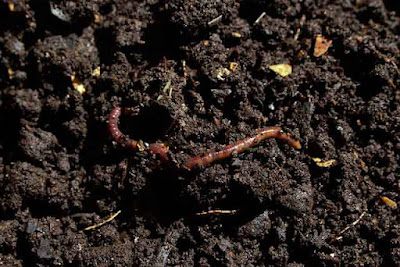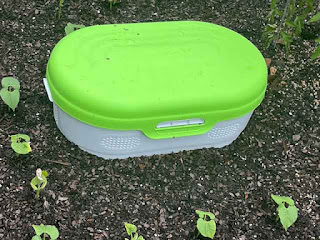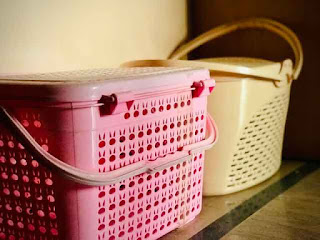 |
June is here. These are some things to do for your garden.
No matter where you live, you should:
Keep a sharp eye out for pests – sucking aphids, chomping beetles, munching larvae, hornworms, and the like. Pick them off and destroy them, if you can find them. Otherwise, opt for targeted organic solutions rather than using indiscriminate chemical applications.
Keep pruning your vegetable plants. Tomatoes, cucumbers and other trellised plants will produce better crops if suckers are pinched off and unnecessary growth is removed.
Northeast
- Plant cucumbers, squash, pumpkins and melons outdoors.
- Fertilize your roses, again.
- Turn your compost pile, again.
- Watch out for June bugs.
- Remove dead flowers from spring bulbs.
- Plant eggplants and tomatoes outside.
- Add mulch if necessary.
Mid-Atlantic
- Squirrels, rabbits and groundhogs can dig in your soil, uproot your plants and eat your veggies. Trap and remove them (humanely) or cover your crops with netting.
- Plant curcurbits (squash, cucumbers, pumpkins, etc.) outside.
- Time to plant your tomatoes and eggplants.
- Divide spring-flowering bulbs.
- Add mulch if necessary.
Mid- and Lower South
- If you don’t have any extra, stop by a local nursery for seedlings and till in any empty spaces.
- Remove and compost early season root vegetables that are starting to go to flower.
- Keep watering your garden.
- Add compost to your garden.
- Turn your compost pile and add more to it.
- Fertilize roses, again.
- Check for pests and diseases.
- Squirrels, rabbits and groundhogs can dig in your soil, uproot your plants and eat your veggies. Trap and remove them (humanely) or cover your crops with netting.
Midwest
- Plant cucumbers, squash, pumpkins and melons outdoors.
- Squirrels and rabbits can dig in your soil, uproot your plants and eat your veggies. Trap and remove them (humanely) or cover your crops with netting.
- Fertilize your roses, again.
- Turn your compost pile, again.
- Watch out for June bugs.
- Remove dead flowers from spring bulbs.
- Plant eggplants and tomatoes outside.
Pacific Northwest
- Plant cucumbers, squash, pumpkins and melons outdoors.
- Fertilize your roses, again.
- Turn your compost pile, again.
- Watch out for June bugs.
- Remove dead flowers from spring bulbs.
- Watch for fungus diseases.
- Plant eggplants and tomatoes outside.
West Coast
- Plant cucumbers, squash, pumpkins and melons outdoors.
- Fertilize your roses, again.
- Turn your compost pile, again.
- Watch out for fungus diseases and insect pests.
- Remove dead flowers from spring bulbs.
- Plant eggplants and tomatoes outside.
Southwest
- Check your irrigation to make sure you are watering wisely and conserving as much as possible.
- Mulch your garden beds to conserve water.
- Add compost to your garden beds.
- Fertilize your roses again.
Return to GoGardenNow.com.




















